Nabanita explores the streets of Amritsar to discover the real Punjab. A travelogue exclusively for Different Truths.
 One of the best ways to revisit a place is to write about it. In writing, we can abandon ourselves to the felt experience of that moment. And since travelling is the taboo word in this present situation, the next best thing is to look back in nostalgia to the days that were. Hence, after the partition stories, once again I am off to Amritsar on another reminiscing tour.
One of the best ways to revisit a place is to write about it. In writing, we can abandon ourselves to the felt experience of that moment. And since travelling is the taboo word in this present situation, the next best thing is to look back in nostalgia to the days that were. Hence, after the partition stories, once again I am off to Amritsar on another reminiscing tour.
It is often in the periphery that life exists. Centre may steal the show, may snatch all the limelight for itself, but peripheries are quite often the multi-coloured, multi-textured spaces. I realised this on my visit to the Golden Temple Amritsar. During my fortnight of a stay there I had visited this place multiple times and each time Gurudwara Sahib presented a unique facet of itself.
It is often in the periphery that life exists. Centre may steal the show, may snatch all the limelight for itself, but peripheries are quite often the multi-coloured, multi-textured spaces. I realised this on my visit to the Golden Temple Amritsar. During my fortnight of a stay there I had visited this place multiple times and each time Gurudwara Sahib presented a unique facet of itself. There have been tonnes written about its beauty, splendour, serenity but what fascinated me the most was the cleanliness and discipline that dominates that space. A 2017 report in New Indian Express, mentions that Golden Temple has been declared as the highest visited religious place in the world by the UK-based World Book of Records (WBR), with a daily footfall of about a lakh. With an average daily attendance of that size, definitely, cleanliness would be a concern. But that does not seem to daunt the Gurudwara committee much. With efficiency worth envying as well as emulating, this huge edifice of religion and culture is maintained. Harmandir Sahib, as the Golden Temple is also called, seems to have a life of its own – a pulsating, throbbing centre of the town that has seen life in various forms – happy, tragic, peaceful, turbulent and so on and yet has stood tall – the symbol of faith and harmony through the ages.
But my story today is not about the centre, but its circumference. If Harmandir Sahib is the epicentre or the heart of the town, its periphery or the area surrounding the centre is what supplies it with blood and oxygen. The surroundings of the Gurudwara has a medley of things to offer – each uniquely Punjabi in its essence. The street leading to the Jallianwala Bagh and the Golden Temple has been dedicated as the Heritage Street with shops showcasing Punjabi handiwork and other local things at a rate three times higher than the local market. But the street is aesthetically pleasing and the place looks like a permanent fair. A walk down that street, a window-shopping episode could be one of the interesting touristy things that one can do. But it is beyond this road, after reaching the temple and taking one of the two lanes that embrace the Gurudwara in a semicircle, one can find the real Punjab.
One of the newly made friends had told me that the best Punjabi wadi was found in the market just beyond the Golden Temple. And I was on the Wadi and Papad trail. I had seen those fascinating lumps of dal and spices and the culinary bug within me had done its job. So I went down the road, inching slowly, negotiating a narrow lane extremely crowded with rickshaw, cycle, bikes and pedestrians.
The sun was still in the sky when I reached the Gurudwara. But my destination was beyond. One of the newly made friends had told me that the best Punjabi wadi was found in the market just beyond the Golden Temple. And I was on the Wadi and Papad trail. I had seen those fascinating lumps of dal and spices and the culinary bug within me had done its job. So I went down the road, inching slowly, negotiating a narrow lane extremely crowded with rickshaw, cycle, bikes and 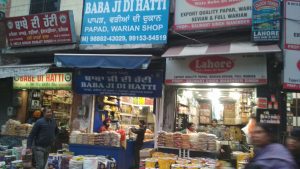 pedestrians. With each step, I soaked in a part of the old Amritsar that still hangs in the air in these parts. Old, decrepit buildings proudly flaunting ravages of time, loose hanging electrical wires overhead, women and men not displaying fashion brands but in comfortable locally made clothes made this place very different from the rest of the city. The marks of globalisation that makes each place a clone of any other was still not visible. I recognised a huge wadi shop displaying various accessories of Punjabi cuisine like soya cutlet, chaat masala, papad, etc and all locally produced. Interestingly that small lane had three such shops in which two of them had the word ‘Lahore’ in its name. It is only after visiting Amritsar one realises how much of Lahore has been left behind in that small place.
pedestrians. With each step, I soaked in a part of the old Amritsar that still hangs in the air in these parts. Old, decrepit buildings proudly flaunting ravages of time, loose hanging electrical wires overhead, women and men not displaying fashion brands but in comfortable locally made clothes made this place very different from the rest of the city. The marks of globalisation that makes each place a clone of any other was still not visible. I recognised a huge wadi shop displaying various accessories of Punjabi cuisine like soya cutlet, chaat masala, papad, etc and all locally produced. Interestingly that small lane had three such shops in which two of them had the word ‘Lahore’ in its name. It is only after visiting Amritsar one realises how much of Lahore has been left behind in that small place.
That small lane opened into another and as I stepped into it, I was transported to the world of colours. Red, white gold and silver lighted up that very narrow Churawali Gali. Chura or Chuda – is the set of red and white bangles that Punjabi women wear as a mark of their wedding. Though not adhering to this social diktat of women carrying markers of matrimony upon themselves, I was for a while, held spellbound by the bright hues that were emanating from that very narrow lane. In the dying embers of the parting sun, the lane became ethereal. For me, it held stories of so many young women embarking upon a new phase of life. It smelled of romance, of love, longing, heartbreaks and also of patriarchy. Beyond the glittering chimaera of the fairy lights that emanated from those jewellery shops, there was also the lurking, insidious presence of the patriarchy. But for a moment I forgot them all.
In the dying embers of the parting sun, the lane became ethereal. For me, it held stories of so many young women embarking upon a new phase of life. It smelled of romance, of love, longing, heartbreaks and also of patriarchy. Beyond the glittering chimaera of the fairy lights that emanated from those jewellery shops, there was also the lurking, insidious presence of the patriarchy.
Retracing my steps out of that lane I kept on walking. Taking a semicircular pathway, I reached the left arm of the Gurudwara’s periphery. Spectacle awaited us there too. Kesar doodh or saffron milk sellers had set up temporary sheds and huge saucepans of boiling milk on chulhas. Whenever any customer ordered a 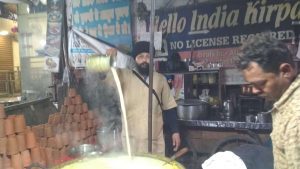 glass, they did a small performance of juggling the milk between two glasses and only then offered it to the customer. The milk was served in earthen tumblers. More than the milk I loved the spectacle they created. They were only too happy to pose for photography when I requested them for one. The hot kesar flavoured milk mixed with the scent of the earthen tumbler combined with the performance is an experience that one cannot easily forget.
glass, they did a small performance of juggling the milk between two glasses and only then offered it to the customer. The milk was served in earthen tumblers. More than the milk I loved the spectacle they created. They were only too happy to pose for photography when I requested them for one. The hot kesar flavoured milk mixed with the scent of the earthen tumbler combined with the performance is an experience that one cannot easily forget.
The area surrounding the Golden Temple thrives with vitality. Numerous shops throng the area as do some very old building. It is one of the oldest markets where people go in search of authentic Punjabi stuff, as I had gone on my quest for the wadis. After taking a stroll of the entire area, I returned to the wadi shop I saw at the beginning of my walk. A couple of wadi packets, soya cutlet and chaat masala lightened my pocket but warmed the heart. The two Punjabi brothers who ran the shop did not just sell those items to me but also struck up an engaging conversation over a cup of their famous masala chai. As I stepped out of the shop along with my purchase I was also carrying a few Punjabi recipes and a pack of papad as their gift to this woman from Kolkata. Now, as I sit back in a timeless zone of waiting with the whole world, enforced by the virus that threatens us all, my thoughts go back to those people and people like them all across the world – the shopkeepers, the pedlars, the street food wallahs and so many others who thrive on human gatherings. Prayer is all that I can send and hope we get back the world as we knew it to be. May our peripheries survive along with the centre.
Photos by the author.

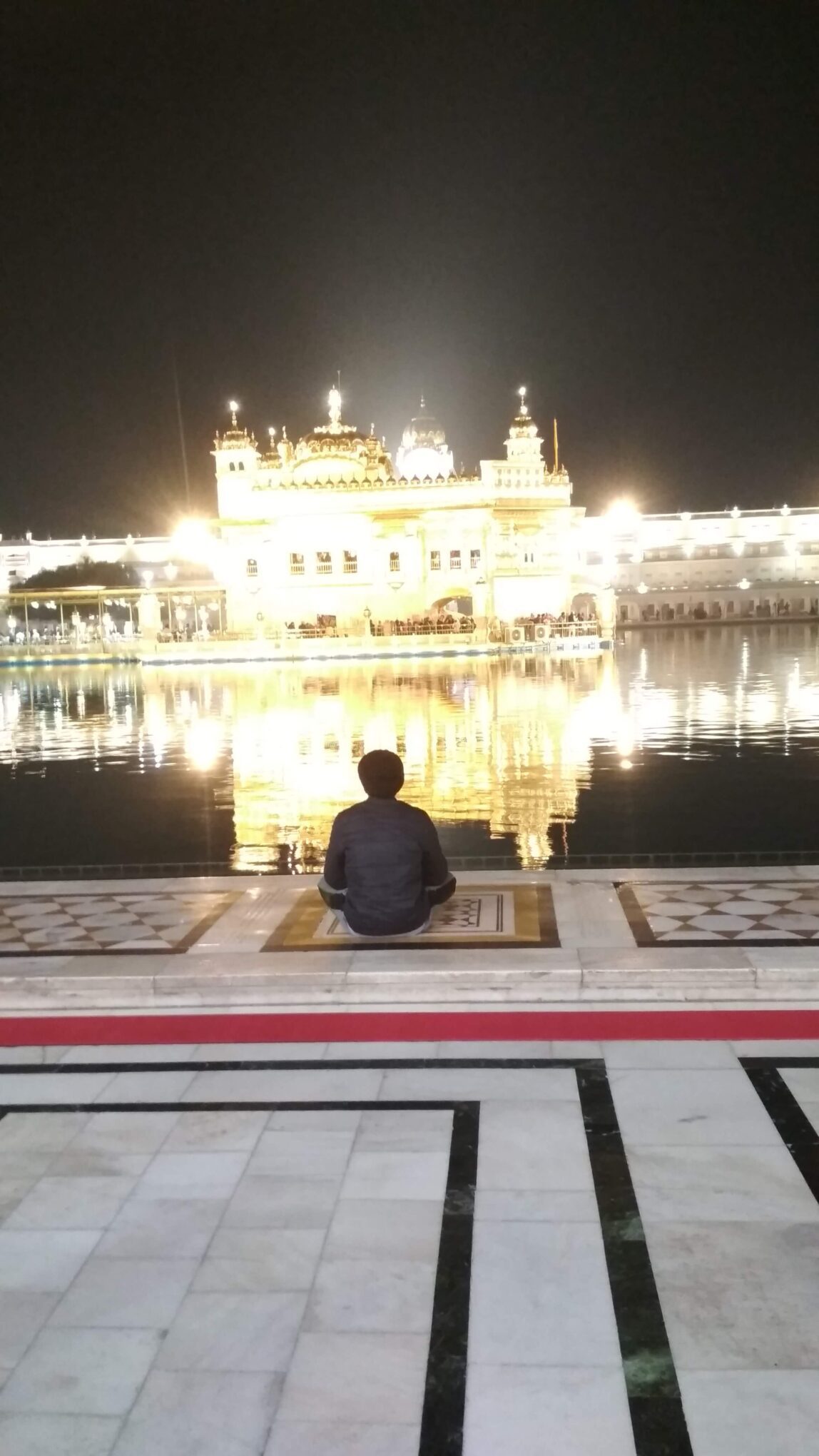



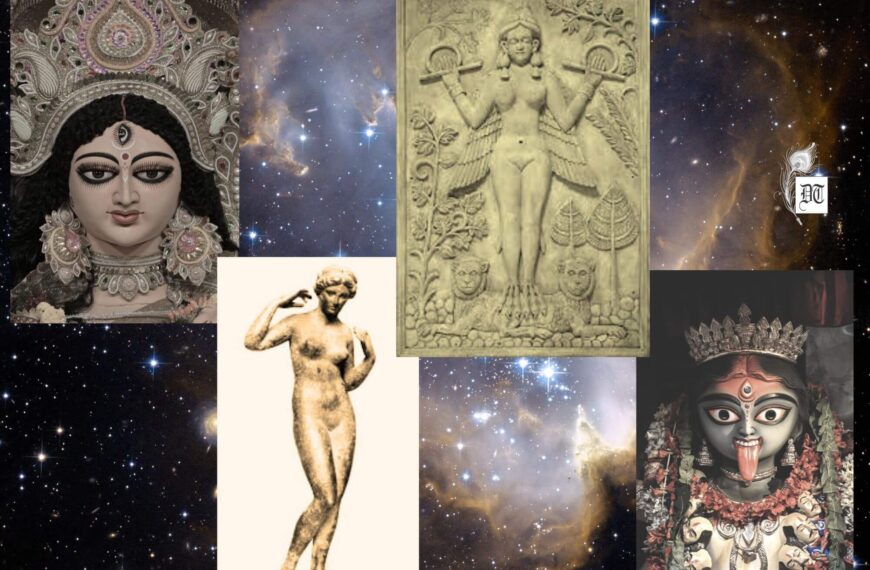
 By
By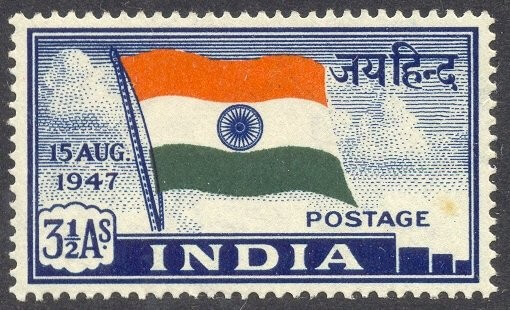
 By
By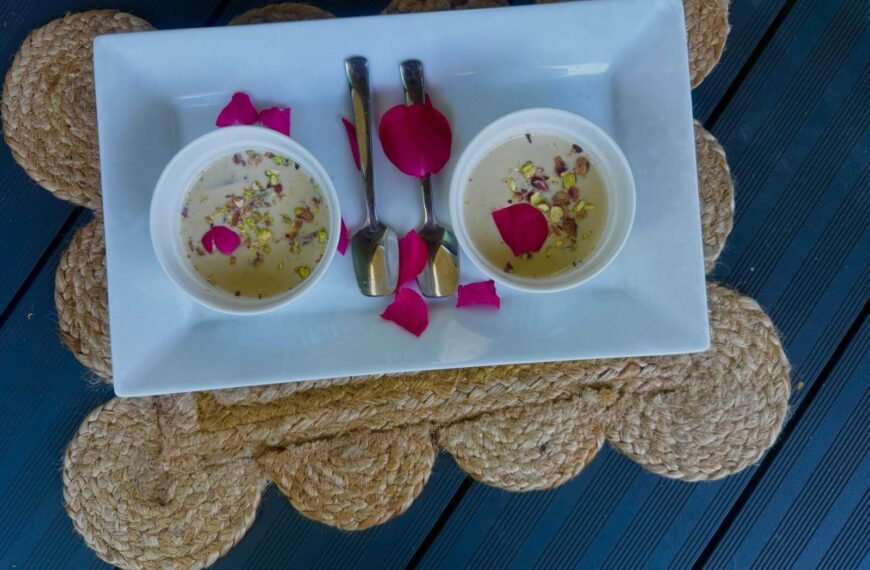
Thanks. Wonderful creation.